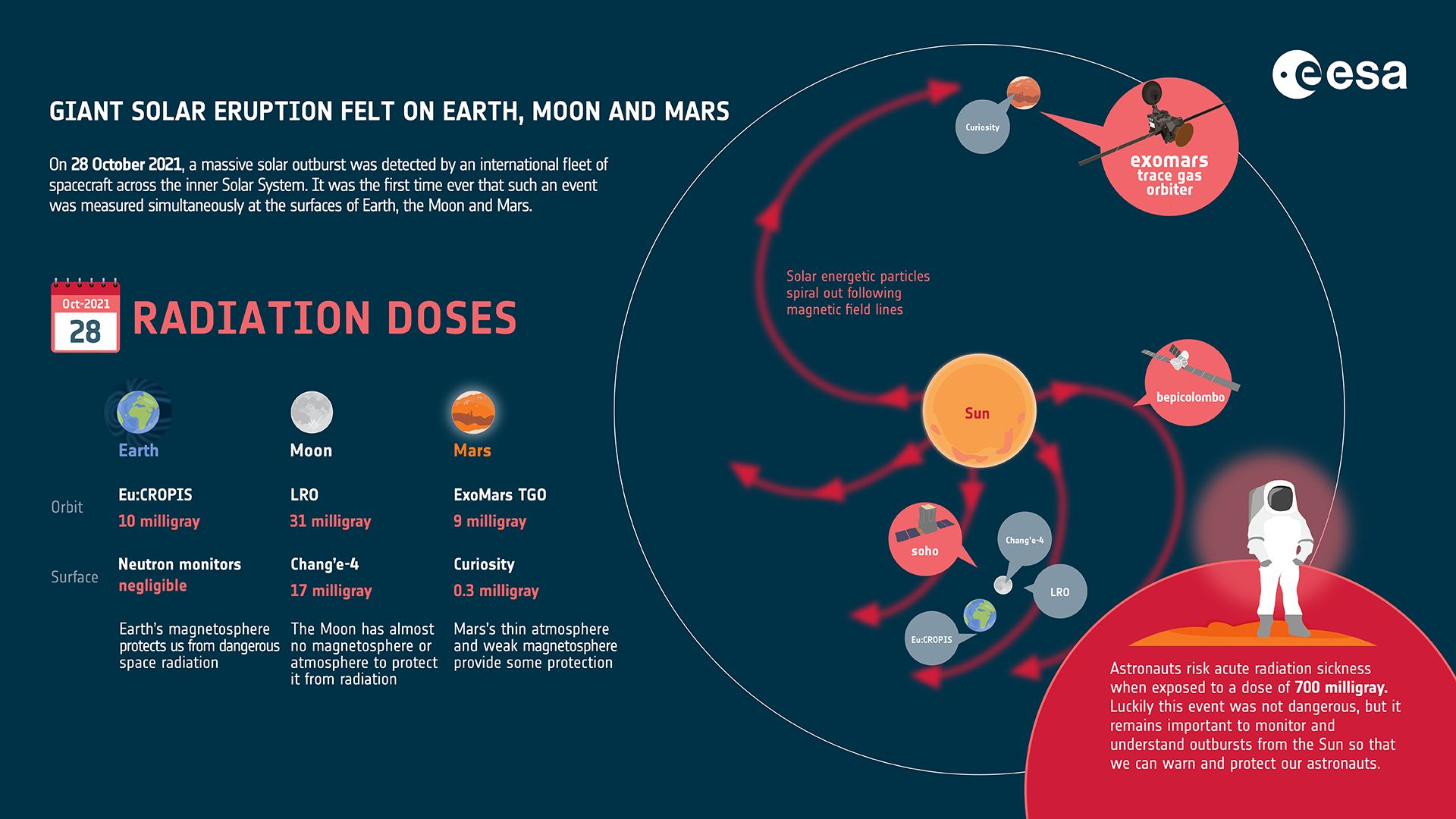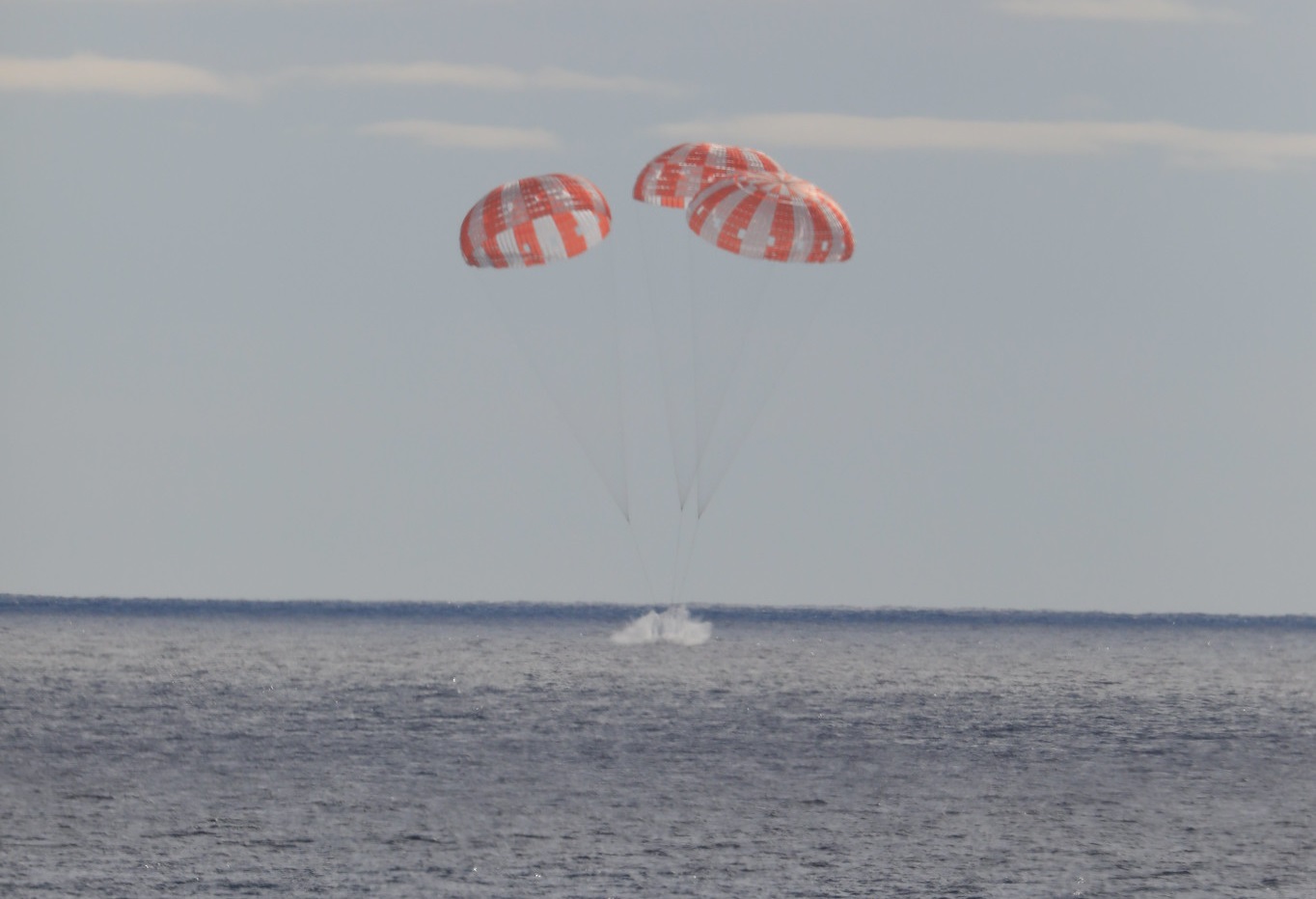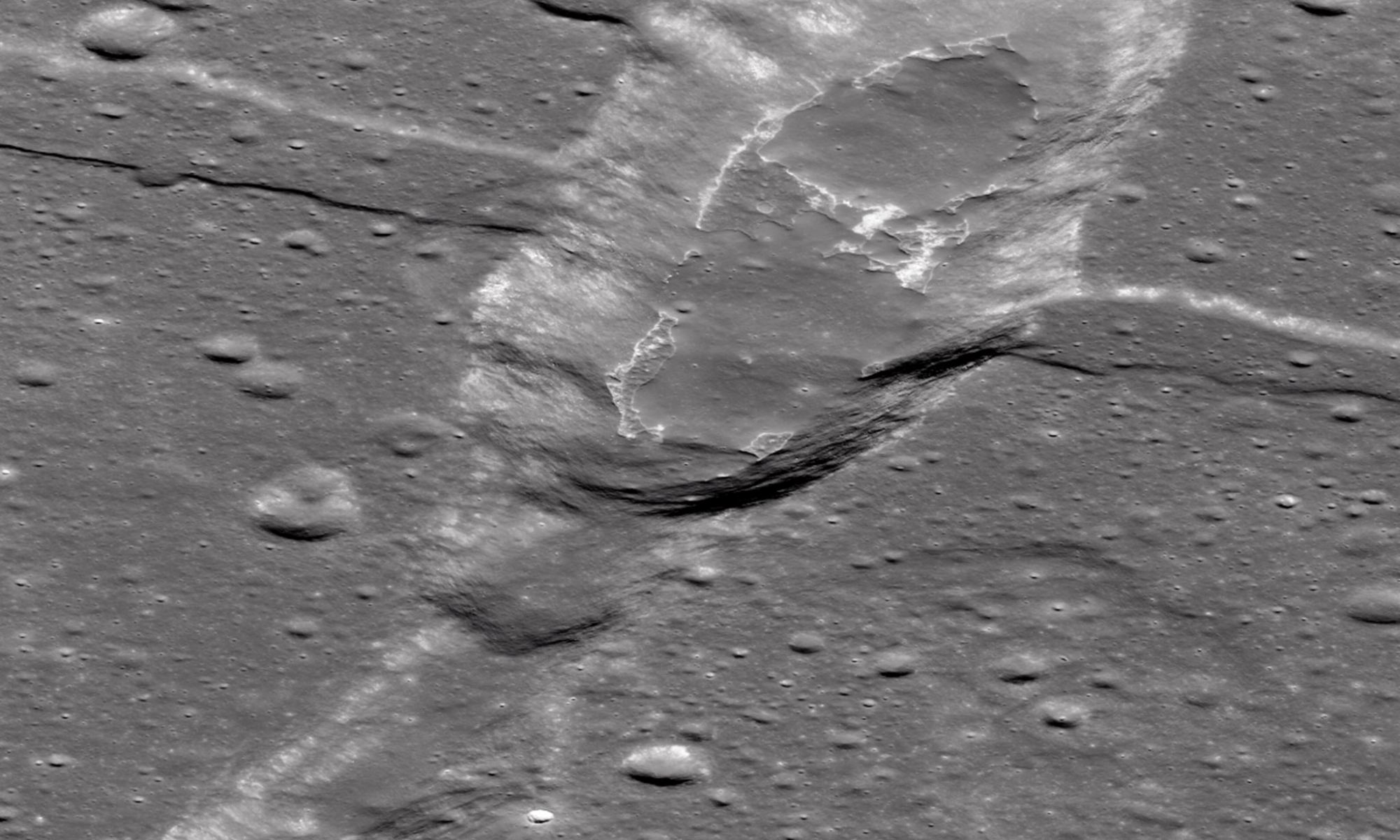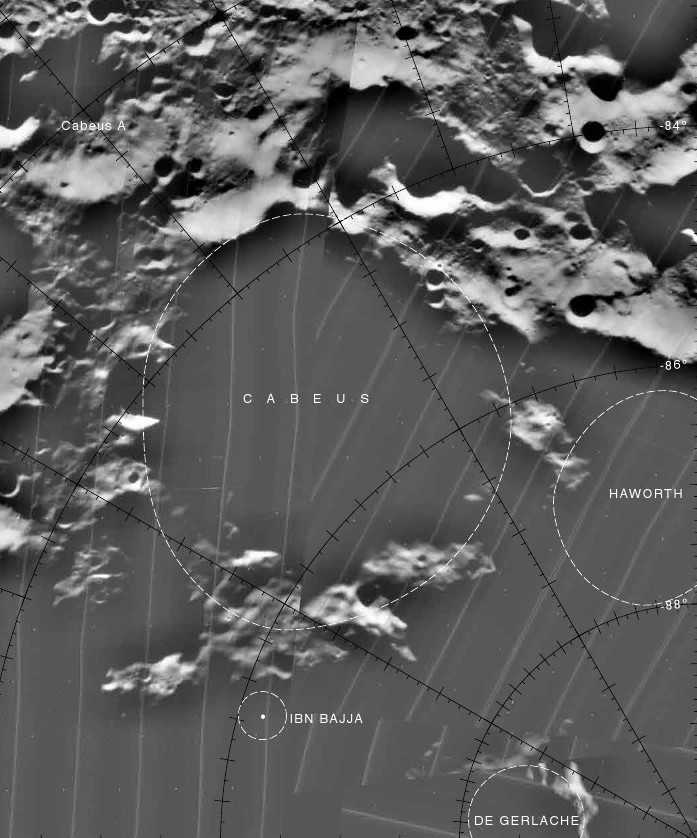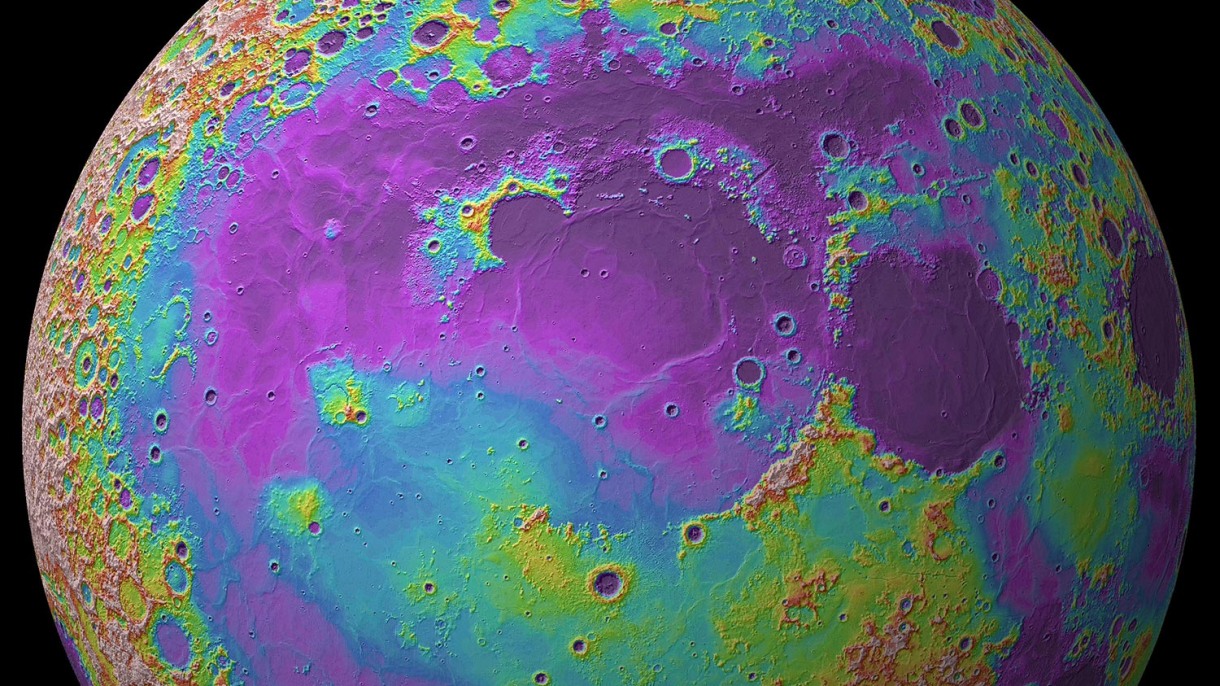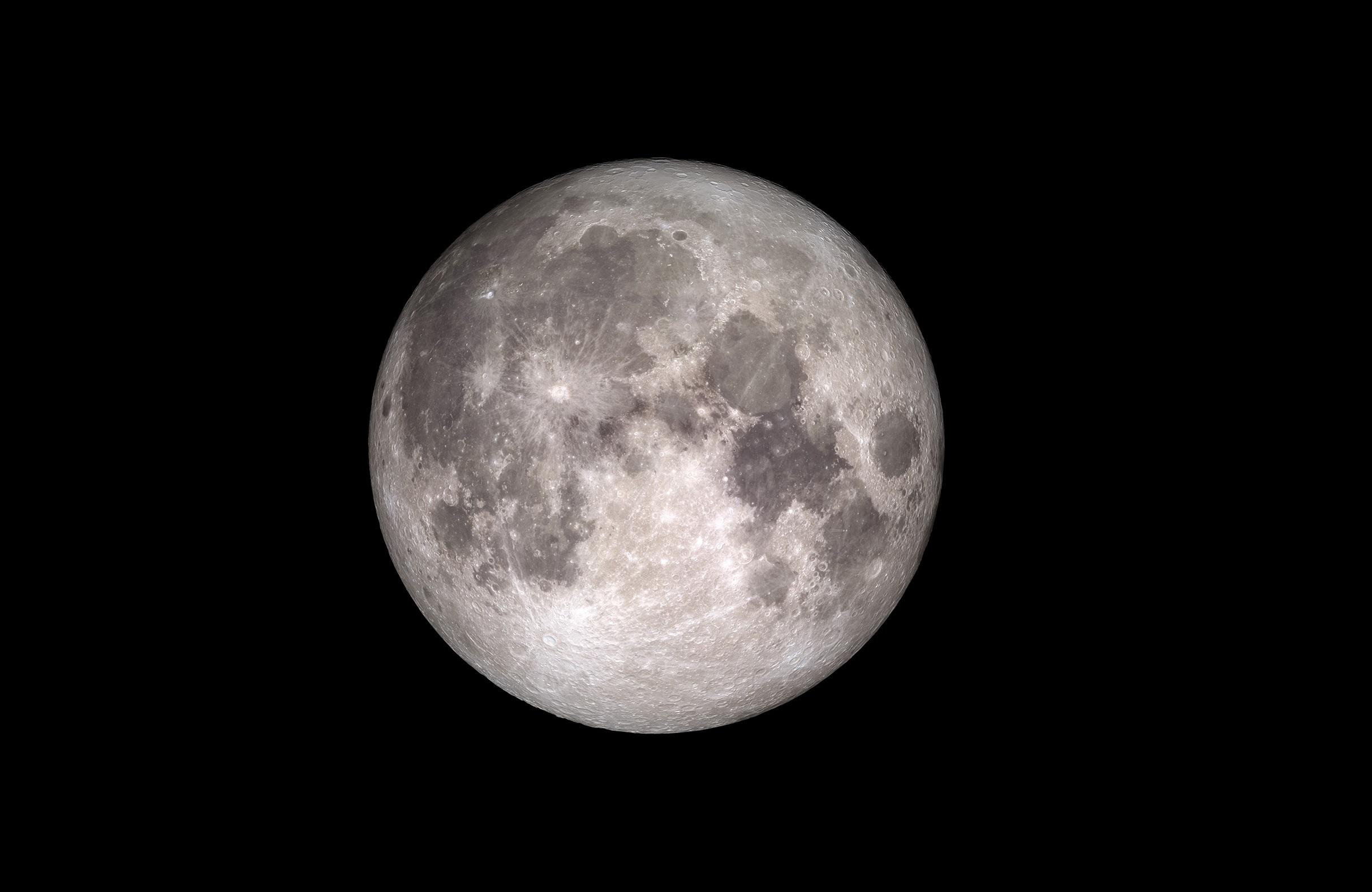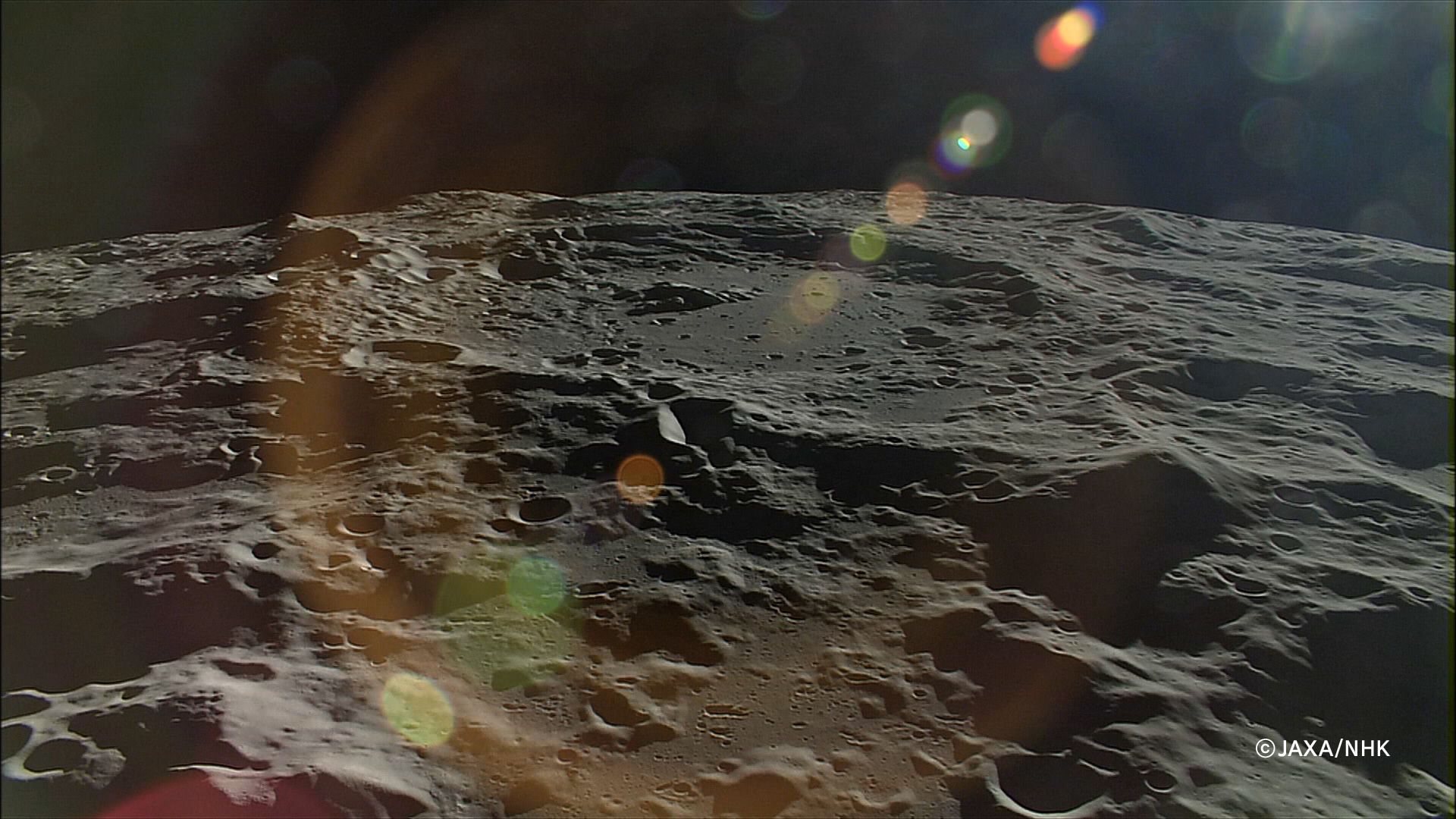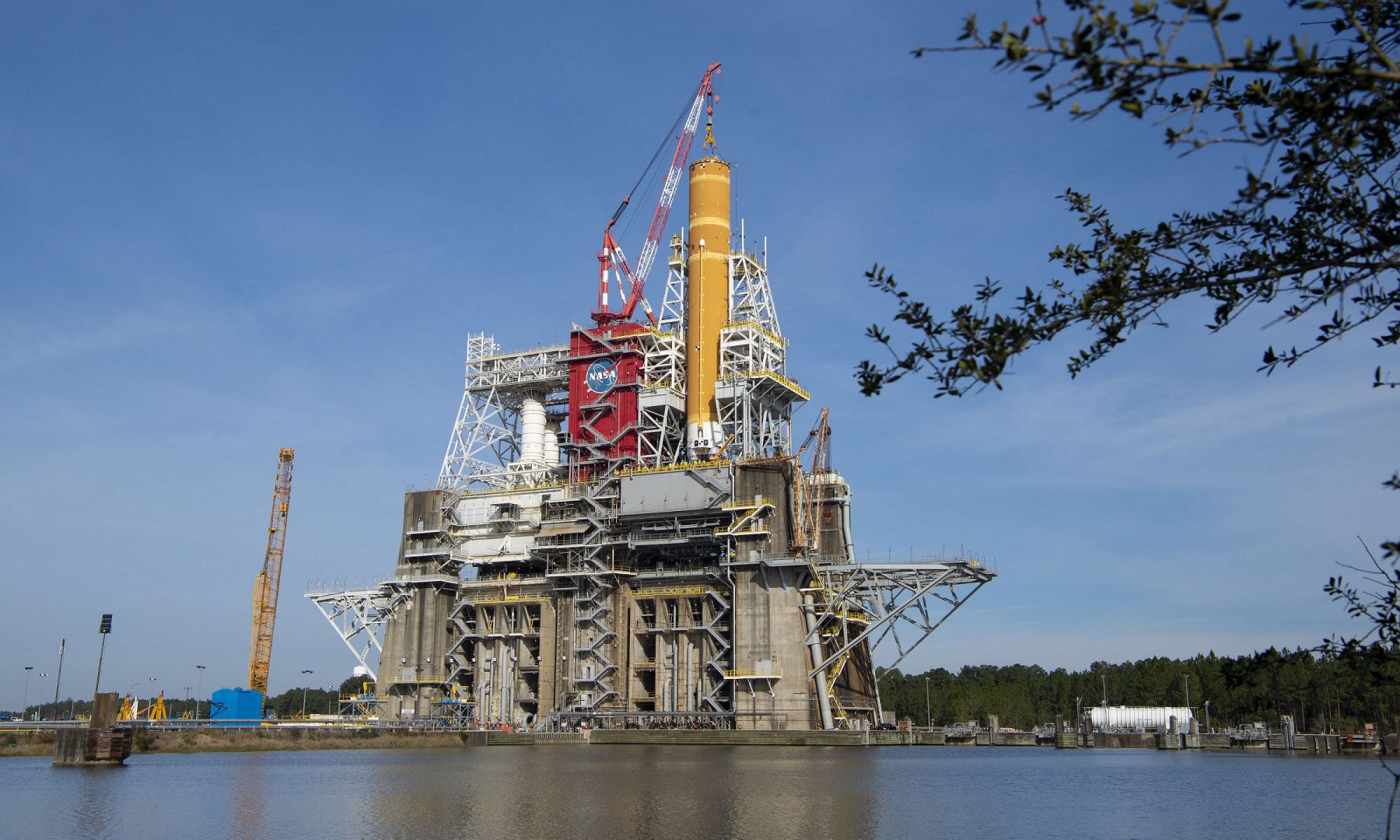A coronal mass ejection erupted from the Sun on October 28th, 2021, spreading solar energetic particles (SEPs) across a volume of space measuring more than 250 million km (155.34 million mi) wide. This means that the event was felt on Earth, Mars, and the Moon, which was on the opposite side of the Sun at the time. It was also the first time that a solar event was measured simultaneously by robotic probes on Earth, Mars, and the Moon, which included ESA’s ExoMars Trace Gas Orbiter (TGO) and Eu:CROPIS orbiter, NASA’s Curiosity rover and Lunar Reconnaissance Orbiter (LRO), and China’s Chang’e-4 lander.
The ESA’s Solar Orbiter, Solar and Heliospheric Observatory (SOHO), and BepiColombo missions were also caught by the outburst and provided additional measurements of this solar event. The study of Solar Particle Events (SPE) – aka. solar flares – and “space weather” phenomena are vital to missions operating in Low Earth Orbit (LEO) – for example, crews living and working on the International Space Station (ISS). But it is especially vital for missions destined for locations beyond LEO and cislunar space, including Project Artemis and the many proposals for sending astronauts to the Moon and Mars in the coming years.
Continue reading “A Massive Solar Storm was Detected on Earth, Mars, and the Moon”
